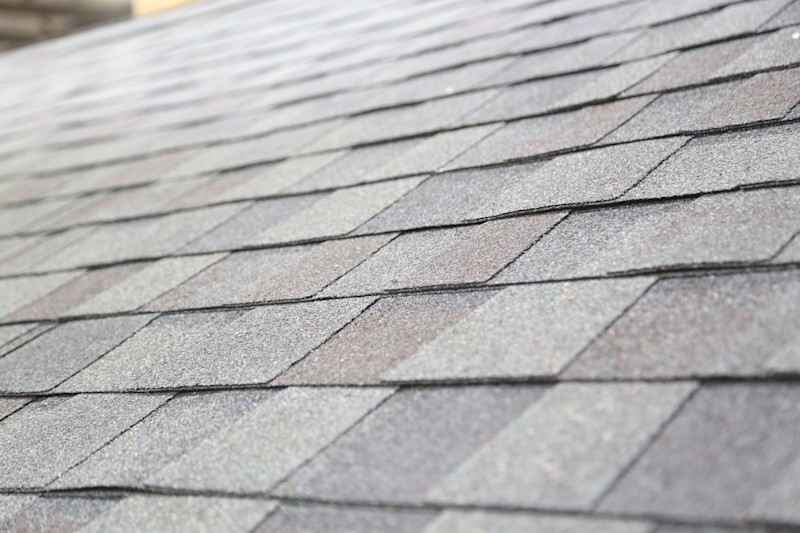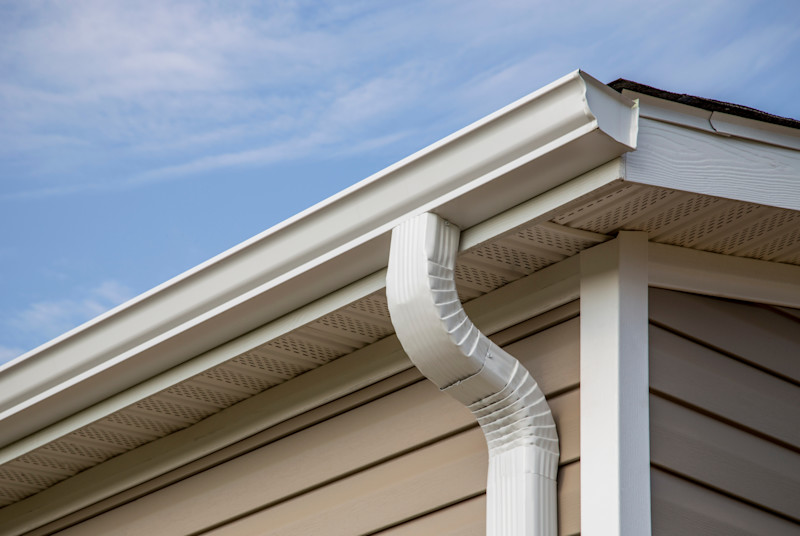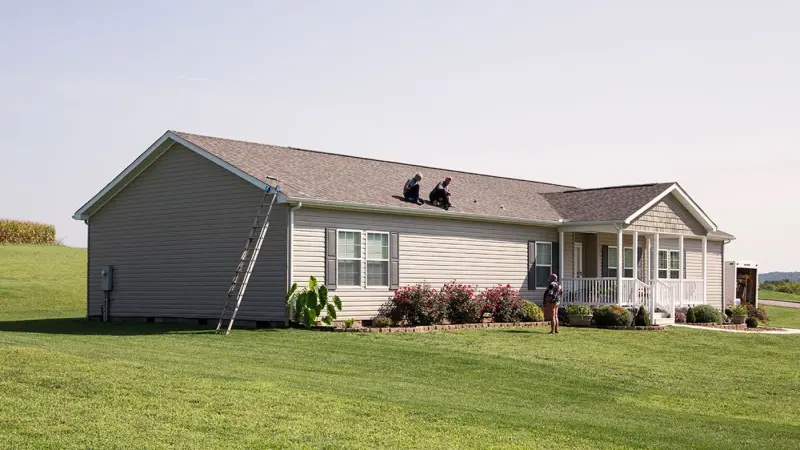Remember Safety First
When performing any maintenance on your roof, you should make every effort to stay safe. For safety reasons, we strongly recommend that you have someone trained in roof repair perform the inspections, maintenance and repairs of your roof.
If you do perform any maintenance on your own, extreme safety procedures must be followed at all times. Most inspections, cleaning and roof repair work can be done effectively from a step ladder.
If you do climb on the roof to perform any maintenance, remember that only the sections that are supported by rafters or stringers should be walked on. Try to avoid walking on the shingles when they are hot because they become soft and can be easily damaged. Also, both shingled and metal roofs can be slippery even if they aren't wet or icy.
Maintenance Differences: Shingle Roof VS Metal Roof

For a roof made of shingles, you will need to have the sealants around vents, joints, roof caps and other roof penetrations inspected on a semi-annual basis. Hire a professional to make repairs as necessary.
Metal roofs are constructed in one of two ways. One type is made of rolled steel sheets that are seamed together along the length of the home. After the first year, the rolled metal roofing should be coated entirely with a quality white or aluminum roof coating.
The other metal roof style is constructed of individual ribbed steel panels. The ribbed panel roofing requires little maintenance, but if something needs to be fixed, we recommend hiring a professional.
Regular preventive maintenance is necessary with both styles to avoid possible damage and leaks.
Tips For All Roofs
All roof seams (except ribbed panel roofs), vents, flashings and caulked joints must be resealed once a year or more often as needed. You can find sealants available in many different colors to match the finish of your home. Just be sure to use a sealant that remains flexible and follow the manufacturer's instructions when applying coatings and sealants.
Winter Roof Maintenance
During the winter, snow and ice can accumulate on the roof of your home. When conditions last long enough an "ice dam" may form on the eaves of your home. Then, a pool of water from melting snow may accumulate behind the ice dam.
This is concerning because ice dam leakage can saturate the insulation in the roof cavity, reducing the insulation value and staining the ceiling. It can also cause serious damage to your home.
You can prevent this from happening by closely monitoring snow and ice buildup along the eaves. If the buildup accumulates to the point that an ice dam is forming, immediate steps must be taken to remove the snow and ice. Hire a professional to come out and take care of the problem as soon as possible.
Taking Care of Manufactured Home Gutters

If your home has gutters installed, you can have them cleaned regularly or clean them yourself to prevent the build-up of leaves and debris that could cause leaks. You will also want to take the proper steps to maintain your gutters during the winter. When sited, it is extremely important that the home is properly leveled to avoid strain that can part seams and create buckling of the roof area. Low hanging tree branches should be trimmed away from the roof and gutters as well.
Remember, always take the proper precautions when performing maintenance on your roof and that it is always safer to hire professional. For more ways to stay on top of home maintenance, check out our Home Care Guide tips.


